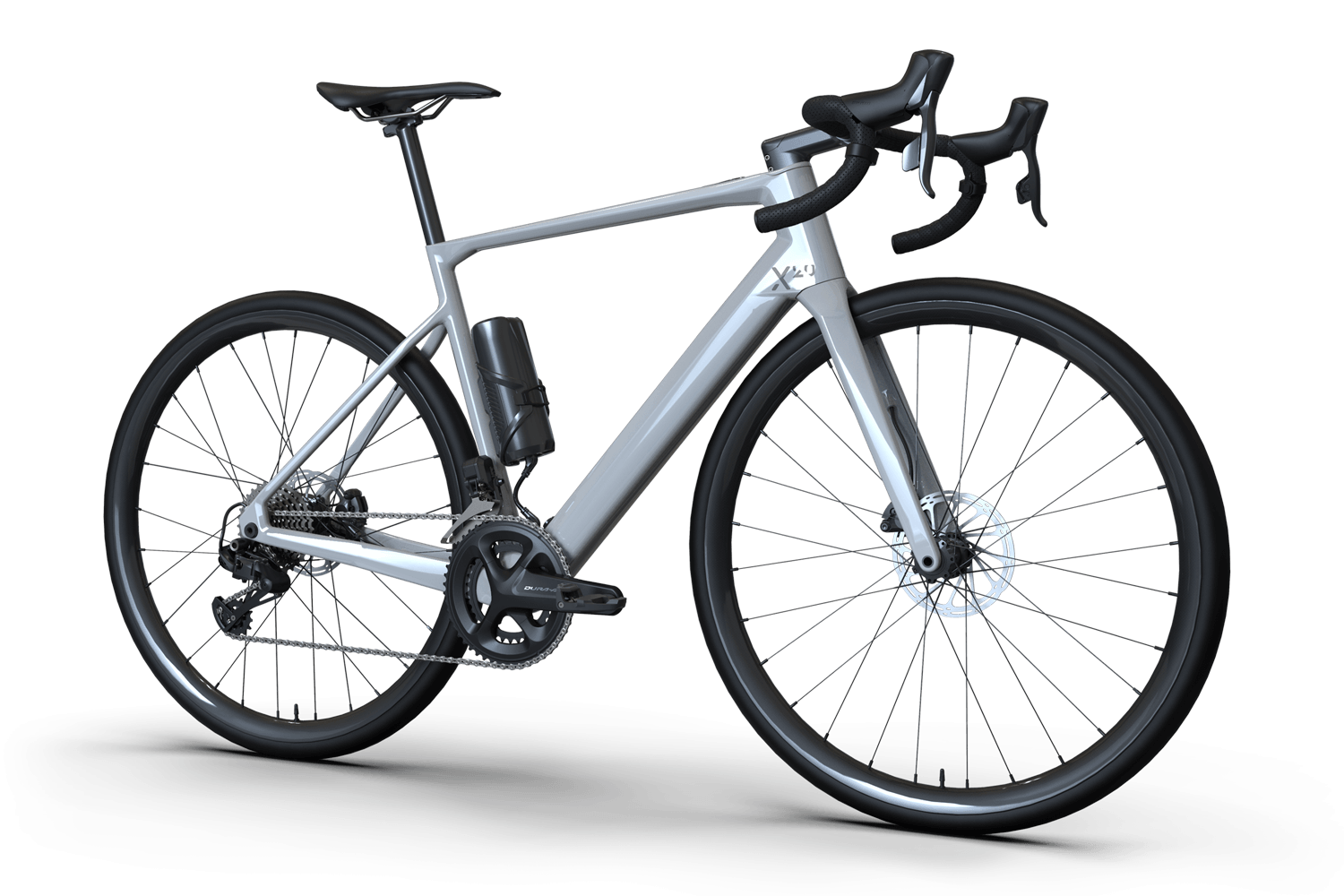And I thought I was nearly there!
I do know that the Orbea’s charge port was also designed to take a range extender battery and it had cables rated for 12a…certainly the cable from the controller/battery to the charging port is very chunky: if the thin cable to the right is the PAS sensor, and the long one goes to the motor, the short cable goes to the charge port…
View attachment 45295
What confuses me is that others are riding around with DIY range extender batteries connected to that port, working as a second battery and not the mini charger that Orbea/Ebikemotion/Mahle designed and sell. There is even Volabike who make 7ah bottle batteries for Orbea and other expensive brands that they say work in parallel - and the Gain version connects via the charge port. They charge ’only’ €460! I can’t see how theirs incorporate a second Schottky etc yet their blurb states either battery can be depleted when connecting and be safe:
Argh! Thanks for this information and keeping me safe, btw. It is greatly appreciated.
New Range Extender kit for Ebikemotion X35 systems | COMPONENTS FOR ELECTRIC BIKES
With the Range Extender kits for Ebikemotion X35 and X35+ systems you can increase the capability of the e-bike autonomy in 100%, 150% or 200% using the 252Wh, 378Wh or 504Wh models.www.volabike.com
The difficulty is knowing exactly what is going on in those other uses you are aware of. With cheap stuff or secondhand spares such as I experiment with, not much is lost by just taking things apart and having a look.And I thought I was nearly there!
I do know that the Orbea’s charge port was also designed to take a range extender battery and it had cables rated for 12a…certainly the cable from the controller/battery to the charging port is very chunky: if the thin cable to the right is the PAS sensor, and the long one goes to the motor, the short cable goes to the charge port…
View attachment 45295
What confuses me is that others are riding around with DIY range extender batteries connected to that port, working as a second battery and not the mini charger that Orbea/Ebikemotion/Mahle designed and sell. There is even Volabike who make 7ah bottle batteries for Orbea and other expensive brands that they say work in parallel - and the Gain version connects via the charge port. They charge ’only’ €460! I can’t see how theirs incorporate a second Schottky etc yet their blurb states either battery can be depleted when connecting and be safe:
Argh! Thanks for this information and keeping me safe, btw. It is greatly appreciated.
New Range Extender kit for Ebikemotion X35 systems | COMPONENTS FOR ELECTRIC BIKES
With the Range Extender kits for Ebikemotion X35 and X35+ systems you can increase the capability of the e-bike autonomy in 100%, 150% or 200% using the 252Wh, 378Wh or 504Wh models.www.volabike.com
But the same rule applies here as to investment and gambling: don't risk something you are not prepared to lose!
If you learn more I'm interested to hear it!









